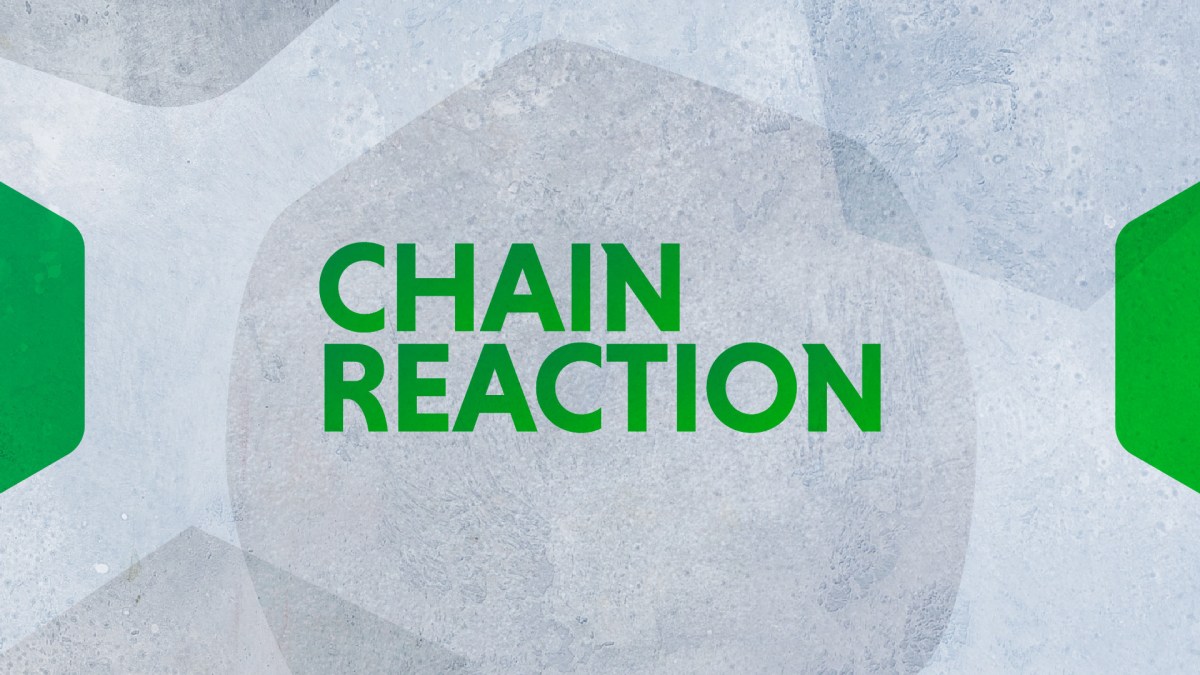The Download: gene-editing HIV, and how to destroy PFAS
This is today’s edition of The Download, our weekday newsletter that provides a daily dose of what’s going on in the world of technology.
Three people were gene-edited in an effort to cure their HIV. The result is unknown.
The news: The gene-editing technology CRISPR has been used to change the genes of human babies, to modify animals, and to treat people with sickle-cell disease. Now scientists are attempting a new trick: using CRISPR to permanently cure people of HIV.
How they did it: A biotechnology company called Excision BioTherapeutics says it added the gene-editing tool to the bodies of three people living with HIV and commanded it to cut, and destroy, the virus wherever it is hiding.
What it means: The early-stage study is a probing step toward the company’s eventual goal of curing HIV infection with a single intravenous dose of a gene-editing drug. However, because the doctors withheld early data about the treatment’s effects, outside experts have been left guessing whether it worked. Read the full story.
—Antonio Regalado
The race to destroy PFAS, the forever chemicals
What do firefighting foams, hiking boots, raincoats, nonstick frying pans, lipstick, and even ink have in common? They can all contain PFAS, a family of chemical compounds that have been used in countless applications for decades.
The compounds are ubiquitous in drinking water and soil, even migrating to Arctic sea ice. PFAS are called forever chemicals because once present in the environment, they do not degrade or break down. They accumulate, and ultimately persist.
Companies and researchers are now on a mission to reduce the amount of PFAS in the environment. But destroying PFAS is only one step in the full remediation process—the ultimate goal is to eliminate them for good. Read the full story.
—John Wiegand
How heat batteries promise a cleaner future in industrial manufacturing
This is an exciting week for the heat-battery industry. Yesterday, Antora Energy, a California-based startup, announced its plan to open its first large-scale manufacturing facility in San Jose.
While Antora has been producing modular heat batteries for a while, the company says this new factory will significantly increase its production capacity, which has the potential to help transition heavy industries away from fossil fuels.
June Kim, our editorial fellow, dug into what the announcement means for the manufacturing industries that could end up as Antora’s customers, and for the future of the heat-battery industry as a whole. Read the full story.
June’s story is from The Spark, MIT Technology Review’s weekly climate and energy newsletter. Sign up to receive it in your inbox every Wednesday.
2023 Climate Tech Companies to Watch: Sublime Systems and its clean cement
Sublime Systems has invented a new way to make cement. The startup’s approach employs electrochemistry to dramatically cut emissions, both by tweaking the chemical reactions involved and by eliminating the need for high temperatures, to reinvent one of the world’s dirtiest materials. Read more about the company, and check out the rest of the list of Climate Tech Companies to Watch.
The must-reads
I’ve combed the internet to find you today’s most fun/important/scary/fascinating stories about technology.
1 The White House is about to issue an AI executive order
It’ll require AI models to undergo assessments before reaching federal workers. (WP $)
+ It’s designed to force AI companies to develop technologies more safely. (WSJ $)
+ Our quick guide to the 6 ways we can regulate AI. (MIT Technology Review)
2 Sam Bankman-Fried is going to testify in his fraud trial
He’s facing an uphill battle to convince the jury he acted in good faith. (NYT $)
+ Defendants don’t tend to take the stand in fraud trials. (Wired $)
3 An antiviral pill appears to shorten covid’s symptoms
But the FDA isn’t convinced enough to approve it for the US. (The Atlantic $)
+ Who benefits most from the new covid vaccines? (MIT Technology Review)
4 Journalists in Gaza are turning to old-school tech
Despite the atrocities and unstable internet, they’re keeping the world updated. (Wired $)
+ Hamas is broadcasting murders on the victims’ own social media profiles. (Slate $)
+ Watching the conflict unfold online is a thankless task. (Bloomberg $)
5 Sergey Brin’s airship has been approved for test flights
Hopefully it’ll prove to be much safer than its predecessors. (IEEE Spectrum)
+ Welcome to the big blimp boom. (MIT Technology Review)
6 Utah’s Silicon Slopes has a gender equality problem
Female engineers have been left shocked and traumatized by the conservative state’s startup culture. (Insider $)
+ Why can’t tech fix its gender problem? (MIT Technology Review)
7 Threads has reached close to 100 million monthly users
But are they going to stick around? (The Verge)
+ The social cash cow? It’s still Facebook for some creators. (Insider $)
8 Living tissues are surprisingly symmetrical
The finding could shed some light on how tissues move—and heal. (Quanta Magazine)
+ This mathematician is making sense of nature’s complexity. (MIT Technology Review)
9 How AI permeates your day
From first thing in the morning, to last thing at night. (The Guardian)
10 Apple’s weather app stinks 
It seems to have a serious problem with forecasting rain accurately. (Vox)
Quote of the day
“FTX is fine. Assets are fine.”
—A post that Sam Bankman-Fried, seeking to assure crypto watchers that his company FTX was in good health, made on X (formerly Twitter) in November last year, which is likely to be read out in court when he testifies in his fraud trial, Reuters reports.
The big story
How AI is helping historians better understand our past
April 2023
Historians have started using machine learning to examine historical documents, including astronomical tables like those produced in Venice and other early modern cities.
Proponents claim that the application of modern computer science to the past helps draw connections across a broader swath of the historical record than would otherwise be possible, correcting distortions that come from analyzing history one document at a time.
But it introduces distortions of its own, including the risk that machine learning will slip bias or outright falsifications into the historical record. Read the full story.
—Moira Donovan
We can still have nice things
A place for comfort, fun and distraction in these weird times. (Got any ideas? Drop me a line or tweet ’em at me.)
+ Why do we experience déjà vu? No really, why do we experience déjà vu?
+ Mad Men fans rise up: and enjoy a sneak peek inside Don Draper’s New York apartment
+ Nostalgic TikToks are where it’s at.
+ Phew: this runaway tortoise has been brought to justice after three years on the run.
+ On this day 39 years ago, a sci-fi classic was released—happy anniversary to The Terminator!



